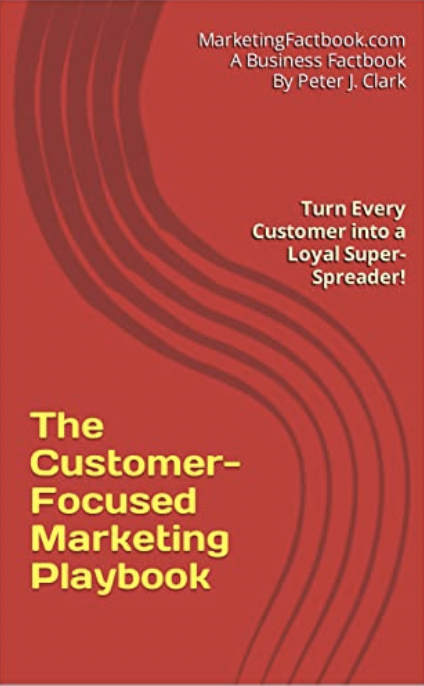Shoppers abandon brand loyalty for store brands
Most US shoppers (71%) say they're spending less on food, beverage and household goods, but don't feel like they're sacrificing much. In fact, only 31% of brands are considered a 'must have' - one that shoppers would buy whether on sale or not - according to an ongoing survey by Deloitte.
Nearly 9 out of 10 consumers (88%) said they have found several store brands that are just as good as national brands and that allow them to feel as though they are saving money without giving up anything.
Across 28 of the 30 CPG (consumer packaged goods) categories studied, Deloitte found that most consumers perceive store brand quality to be the same or better in most of them. Consumers find the highest private label quality in categories such as bottled water, table top disposable paper products, food storage, deli meats, condiments and salty snacks.
However, year after year, the study shows certain categories where consumers remain committed to their national brands and less likely to switch, even despite price increases, including beer, pet foods, soft drinks and coffee.
"National brands are pressured on all sides, from persistent consumer frugality and low brand loyalty to rival and store brand competition," said Pat Conroy, vice chairman for Deloitte. "While consumers initially resented buying less-expensive products out of necessity a few years ago, they have changed their tune. They have shifted from a feeling of settling for lower-priced brands to settling in to store brands distinguished by high quality."
The study found that 91% of consumers noted that they have become more resourceful. This resourcefulness has manifested itself through different savings tactics across consumer segments. Deloitte's analysis categorizes consumers into four groups: super savers (26%), sacrificers (19%), planners (23%) and spectators (32%):
- Super Savers
Super savers enjoy the hunt, and make a concentrated effort to use coupons and visit multiple stores. They describe themselves as price-conscious and deal-seeking, and are most likely to conduct product research and price comparisons through mobile and online channels. - Sacrificers
Sacrificers are more likely than others to switch to store brands and only 16% describe themselves as brand loyal. However, these compromises are accompanied by feeling of resentment. Sacrificers report the lowest mean income among the consumer segments, and are most likely to have large household sizes. - Planners
Planners are most focused on resourceful pantry management and planning ahead to maximize their budgets. Although coming from smaller households, planners are similar to super savers in that 60% describe themselves as 'deal-seeking'. - Spectators
The least affected by economic conditions, spectators are more likely to buy higher-priced products by a brand they trust rather than cheaper or store alternatives, with convenience carrying more importance than price when it comes to selecting a retailer. Spectators have the highest income average compared to the other segments.
The study identified a narrow set of brands winning the loyalty game primarily on trust, but also on price and product positioning. The top 10% of 'must have' brands differed significantly from the bottom 10% of brands - most notably with a 27percentage point rating difference as a product that tastes or works better. Additionally, the majority (68%) of the top 10% of must-have brands have a more focused price positioning and outperform those that are relatively scattered.
"Traditional thinking that targets consumers at multiple price points with good, better or best offerings often misses the mark," said Conroy. "Given the bifurcation of consumers between higher and lower income levels, brands should instead address different shoppers' ability and willingness to spend by moving to an OK, better and excellent brand portfolio."
Trust also trumps other brand qualities when convincing a consumer to pay a little more, though health and convenience also earn points with consumers. Nearly 8 out of 10 consumers (78%) indicated that they had purchased a higher-priced newly-launched product during the preceding 12 months. Among those, 54% selected a more expensive product because it was a brand they trust, followed by 'a healthier option' (38%) and 'a company they trust' (30%). Nearly 3 out of 10 (28%) bypassed a lower-cost alternative for one that was easier to prepare or use.
"CPG brands are suffering from a crisis of the similar, where consumers don't see a lot of difference between branded products on the shelf," concluded Conroy. "Rather than exit a crowded category, brands should consider new growth opportunities where categories are beginning to blur - such as extending their products into new meal times, form factors and store aisles, or making a move to support from-scratch cooking or prepared meals."
Sources: Deloitte / The Marketing Factbook.
Copyright © 2014 - 2025 The Marketing Factbook.
Categorised as:
- Customer Experience
- Customer Loyalty
- Knowing The Customer
- Marketing Know-How
